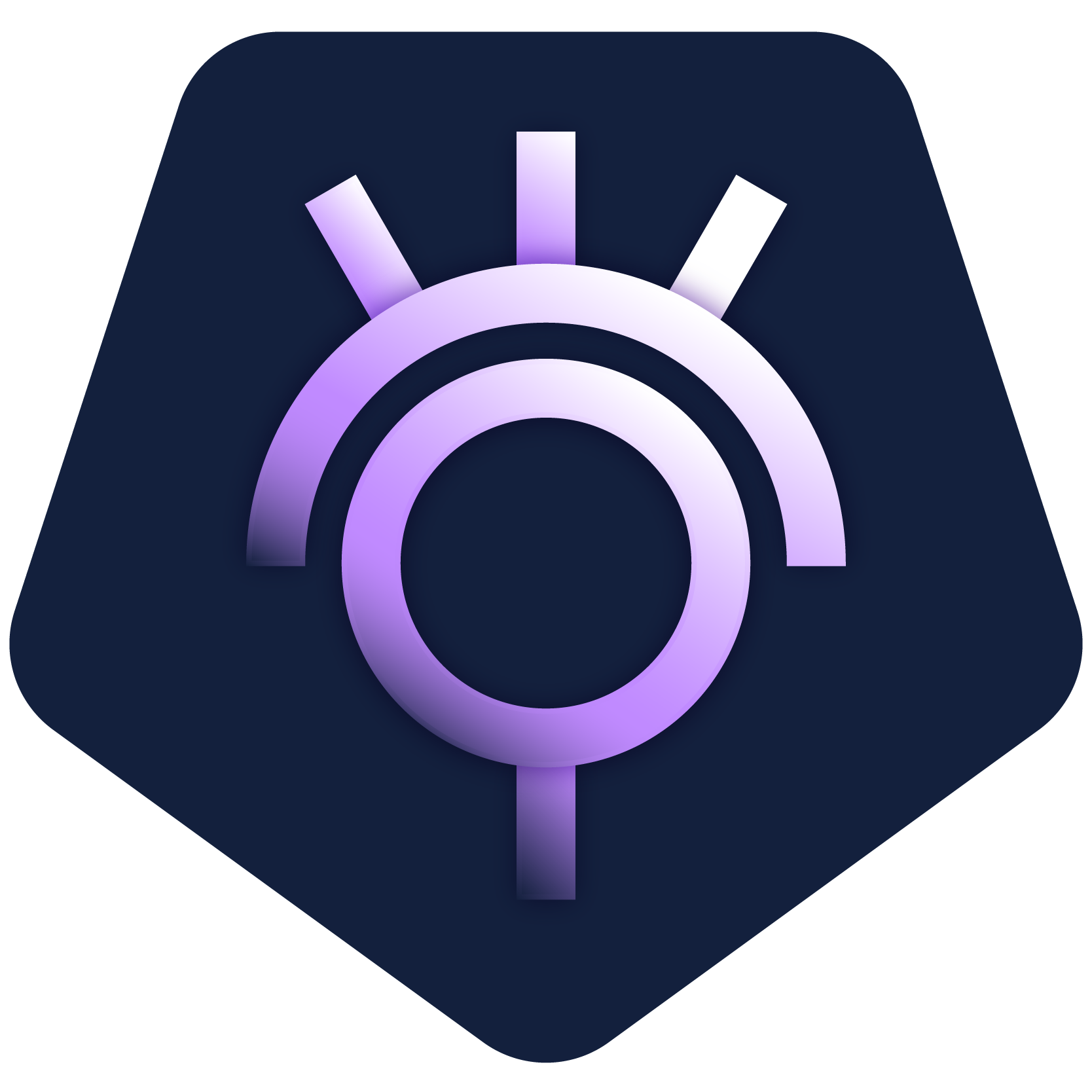Sismo enables users to aggregate their digital identities and selectively reveal data derived from their web2 or web3 accounts.
Users aggregate their identity in Sismo’s Data Vault and start accumulating Data Gems—atomic pieces of data that categorize users into groups. In turn, users can generate proofs to make claims about their data (e.g, I own a specific NFT). These proofs are verified by applications—either on-chain or off-chain. The resulting privacy-preserving attestations—stored in on-chain smart contracts or off-chain databases—are utilized by applications for access control and reputation curation.
If you want more info on what is Sismo and how it works, check out the docs here.
The Sismo Hub is the repository for integrations on Sismo, where you can create:
- Group Generator: Group generators are a reusable tool used by Sismo to generate Groups. Groups are stored in Merkle trees and the root is sent on-chain. The root enables one to prove a Group membership and thus claim a ZK Badge or use a Sismo Connect app.
- Here is a tutorial that shows you how to create your Group: https://docs.sismo.io/sismo-docs/tutorials/sismo-hub/create-your-group
- Data Provider: Data Providers enable to fetch specific data in order to make Groups.
- Here is a tutorial that shows you how to create your Data Provider: https://docs.sismo.io/sismo-docs/tutorials/sismo-hub/create-your-data-provider
If you want to contribute to Sismo Hub, check out the Contributing Guide here.
On top of Groups, you can create:
While the apps are independent of the Sismo Hub, the ZK Badges are built on it, through the Factory. Here is a tutorial to build your own ZK Badge from the factory in 5 minutes: https://docs.sismo.io/sismo-docs/tutorials/create-your-zk-badge-in-5-minutes-factory
That's why you can still also create a ZK Badge, edit its metadata, or add a custom flow directly through the Sismo Hub.
The Sismo Hub is powered by an off-chain infrastructure that:
- Creates & Manage Groups: A Group bundles Source of Data that share some reputational or historical characteristics, anyone can build a new Group through the Sismo Hub. The infrastructure periodically generates off-chain Groups that aim to be reusable and sent on-chain for attesters like the HydraS1AccountboundAttester.
- Creates ZK Badges from a Group: The infrastructure will send the Groups on-chain to the right attester so your generated Group becomes the eligible Group for a specific badge.
- Manages ZK Badges metadata
Here are the 2 main folders you will use when you want to contribute to the Sismo Hub:
group-generators/generators/: it contains all the Group Generators used to generate Groupsgroup-generators/helpers/data-providers/: it contains all the providers like Subgraph, Snapshot, or Lens which are used in Group Generators to fetch data in order to create Groups.
And here are the other folders more related to ZK Badges:
badges-metadata/: it contains the metadata of each ZK Badgesflows/: it contains all the customs flow of the ZK Badges. (i.e. is all the data associated with the minting experience of a ZK badge)static/: it contains mainly all the images used in the Sismo Hub such as ZK Badge images or Data Provider logos
yarnyarn generate-group <name-of-the-data-group>
# if you want to add additional data sources to your group
yarn generate-group local-group --additional-data 0x123...defMake sure the data group exists. More details at Sismo Hub Group Generator.
yarn api:watchYou can go to http://localhost:8000/static/rapidoc/index.html to see the main endpoints of the Sismo Hub API
To access the Group data, go to: http://localhost:8000/file-store/group-snapshots-data/{groupId}/{timestamp}.json
To access the Group metadata, go to: http://localhost:8000/groups/{groupId}?timestamp={timestamp}
- groupId: id of a group you generated. It will be written on your terminal after the group generation.
- timestamp: timestamp of a group generation. You can find all the group generations timestamps by using this endpoint: http://localhost:8000/groups/{groupName}
Some Data Providers require an API Key in order to be used, here is how to setup:
# you are in sismo-hub root
cp .example.env .envAdd your own API key by adding a new line to this file or fill an already existing Data Provider with an API key:
# in the .env file
export YOUR_DATA_PROVIDER_API_KEY="<API_KEY>"Export the API key:
source .envInterested in contributing? Check out our CONTRIBUTING guide for a comprehensive guide on how to get started.
If you have a need for additional Data Providers in your Group Generators, please feel free to open an issue. We also encourage you to share your idea on Discord for further discussion. A submission template is available on CONTRIBUTING.
Distributed under the MIT License.
Send us a message in Telegram or Discord




